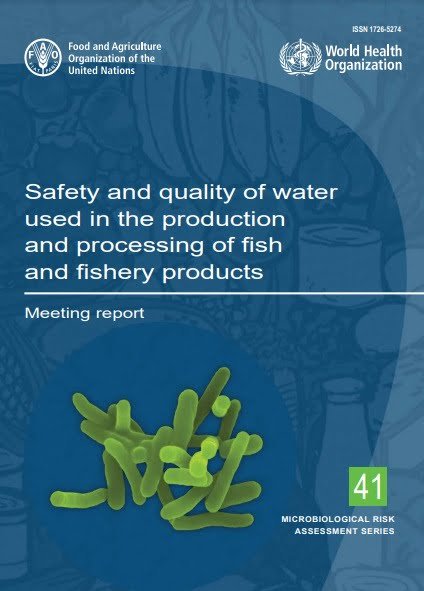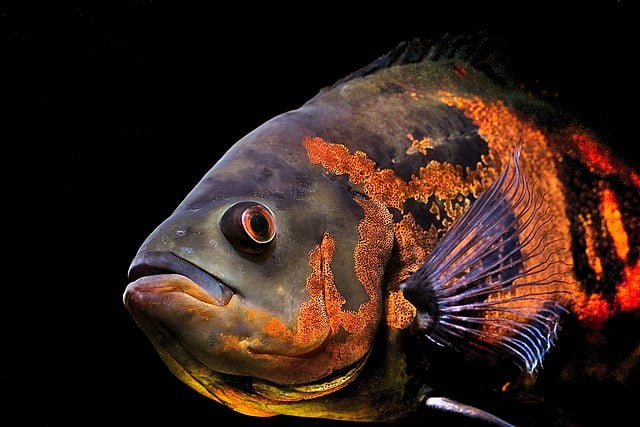Ames, USA.- Fish processors and farmers who are involved with any part of fish processing need to be aware of food safety requirements for their industry.
Since 1997, fish processors have been under Food and Drug Administration regulations that require processors to follow specific rules related to the Hazard Analysis Critical Control Point.
To help farmers and processors understand the requirements, a new fact sheet has been made available from Iowa State University Extension and Outreach, and the North Central Regional Aquaculture Center.
“The Seafood HACCP Regulation and its Effects on Aquaculture” is a six-page guide that helps producers and processors understand what they must do in order to comply, while producing a safe and healthy product.
What’s involved
Fish processing is defined as “handling, storing, preparing, heading, eviscerating, shucking, freezing, changing into different market forms, manufacturing, preserving, packing, labeling, dockside unloading, or holding fish or fishery products.”
Stay Always Informed
Join our communities to instantly receive the most important news, reports, and analysis from the aquaculture industry.
Although the rules technically only apply to processors, all fish farmers should be aware of HACCP rules, and comply with any portion of processing that they may be involved with.
“It is important that all aquaculture producers take it upon themselves to become aware of the HACCP regulations to circumvent any surprises when it comes time to market their fish,” according to the authors.
The rules cover the major areas where a hazard is likely to occur, including the sanitation of processing facilities and packaging equipment, handling of fish and fish products, and the proper use of aquaculture-approved drugs.
Worthy investment
Becoming HACCP compliant takes a commitment by the producer. However, the result is a win-win for the industry and consumer, according to Joe Morris, professor and extension aquaculture specialist at Iowa State University.
“The American consumer wants to be assured that what they eat is produced under healthy conditions,” Morris said.
He said that it only takes one bad experience for consumers to be turned away, and that following HACCP is a good way for producers and processors to keep their customers.
The NCRAC is located at Iowa State, and manages research and extension programs for the 12-state North Central Region.
Reference (open):
Ronald E. Kinnunen. The Seafood HACCP Regulation and its Effects on Aquaculture. https://store.extension.iastate.edu/product/15718
Source: Iowa State University
Editor at the digital magazine AquaHoy. He holds a degree in Aquaculture Biology from the National University of Santa (UNS) and a Master’s degree in Science and Innovation Management from the Polytechnic University of Valencia, with postgraduate diplomas in Business Innovation and Innovation Management. He possesses extensive experience in the aquaculture and fisheries sector, having led the Fisheries Innovation Unit of the National Program for Innovation in Fisheries and Aquaculture (PNIPA). He has served as a senior consultant in technology watch, an innovation project formulator and advisor, and a lecturer at UNS. He is a member of the Peruvian College of Biologists and was recognized by the World Aquaculture Society (WAS) in 2016 for his contribution to aquaculture.




